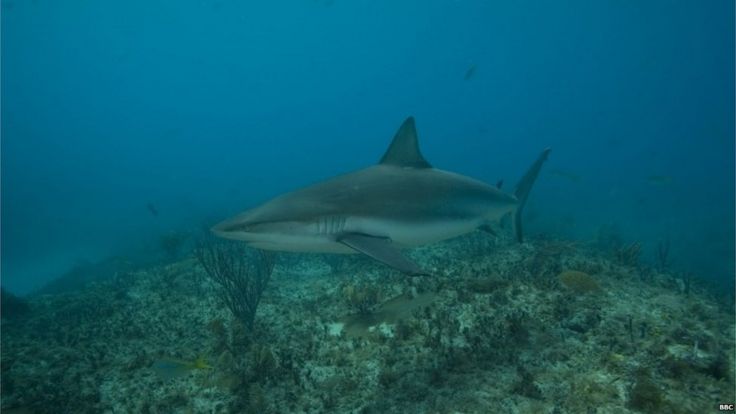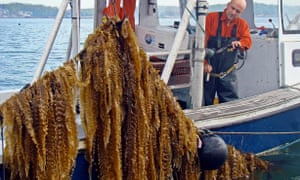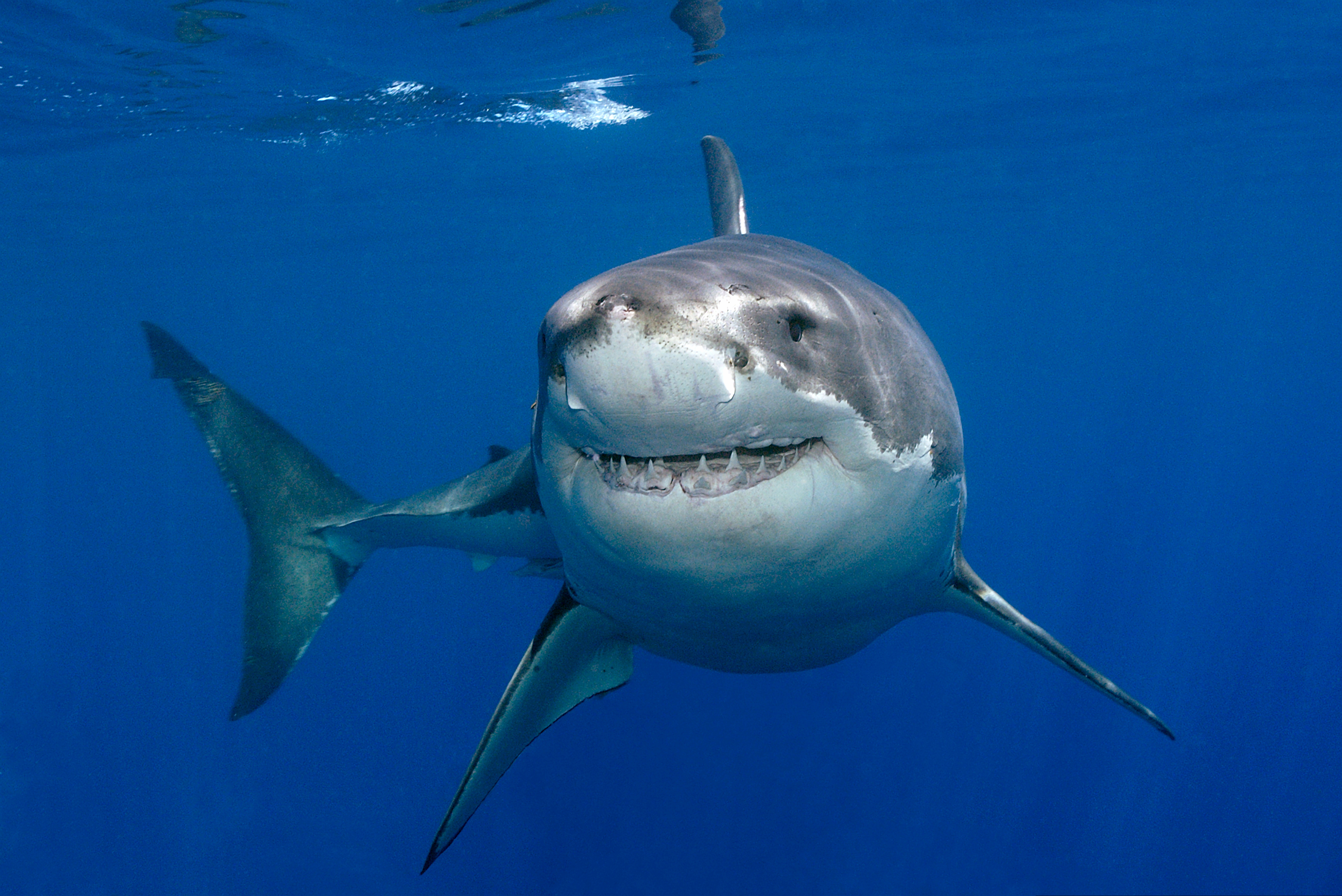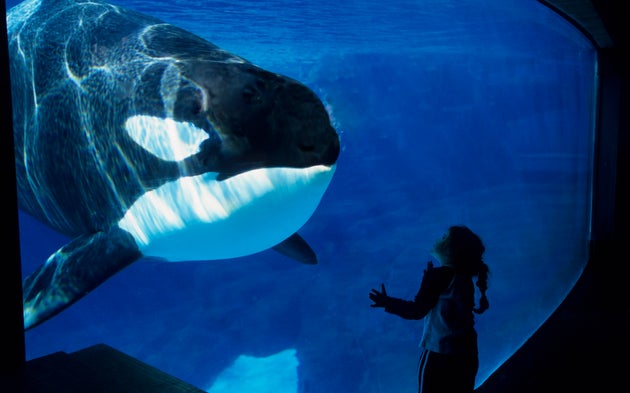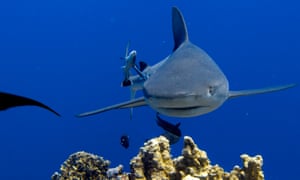1. Say it Isn't So, Only 4% of the Ocean is Protected?!
This week, an article was published in Oryx reveals that only 4% of the world's ocean is protected. In 2010, representatives from nearly 200 countries met in Japan and adopted the United Nations' Aichi Targets to stem the rapid loss of biodiversity. The nations committed to protecting at least 10% of the ocean by 2020. Although the current percentage is very low, it has increased from 0.65% in 2006. Read more...
-----------------------------------------------
2. Plastic Contaminates Table Salt in China
 Diners in China may have an unwanted and dangerous surprise on their plates! After analyzing over 15 brands of salt in supermarkets in China, scientists found micro-sized particles of the common water bottle plastic polyethylene terephthalate. There were more than 1,200 particles of plastic per pound of salt. Salt manufacturers typically extract sea salt from ocean water by evaporation. The ocean pollution could be a main source for the salt contamination. Read more...
Diners in China may have an unwanted and dangerous surprise on their plates! After analyzing over 15 brands of salt in supermarkets in China, scientists found micro-sized particles of the common water bottle plastic polyethylene terephthalate. There were more than 1,200 particles of plastic per pound of salt. Salt manufacturers typically extract sea salt from ocean water by evaporation. The ocean pollution could be a main source for the salt contamination. Read more...
-----------------------------------------------
3. Tiny Island Nation's Enormous New Ocean Reserve is Official
Last week, the Week in Review included the announcement that Palau would become on of the five largest fully protected marine areas in the world. This week, it's official! President Tommy Remengesau Jr signed the legislation to protect all 193,000 square miles of the country. Palau has a history of bul, or setting aside smaller reef areas during fish spawning and feeding periods to give the populations time to recover. Read more...
-----------------------------------------------
4. Georgia Man Gets 21 Months for Stealing Sea Turtle Eggs
 For years, myths have circulated that consuming sea turtle eggs improves sexual performance. This has fueled the black market for these eggs in Caribbean countries. A thief was caught on Sapelo Island this week for stealing 84 loggerhead sea turtle eggs for the second time. He will returned to federal prison and serve one week for every egg that he took. Loggerhead turtles are threatened species protected unfer the Endangered Species Act. Read more...
For years, myths have circulated that consuming sea turtle eggs improves sexual performance. This has fueled the black market for these eggs in Caribbean countries. A thief was caught on Sapelo Island this week for stealing 84 loggerhead sea turtle eggs for the second time. He will returned to federal prison and serve one week for every egg that he took. Loggerhead turtles are threatened species protected unfer the Endangered Species Act. Read more...
-----------------------------------------------
 We have been counting down to the UN climate negotiations in Paris all year and the countdown is complete! The international goal of this meeting is to help limit global warming to no more than 2 degrees C. In preparation, the Prince of Whales discussed his Rainforests Project which is part of the International Sustainability Unit. The goal of the project is to develop solutions to address natural resource depletion. Read more...
We have been counting down to the UN climate negotiations in Paris all year and the countdown is complete! The international goal of this meeting is to help limit global warming to no more than 2 degrees C. In preparation, the Prince of Whales discussed his Rainforests Project which is part of the International Sustainability Unit. The goal of the project is to develop solutions to address natural resource depletion. Read more...
-----------------------------------------------
6. Rapidly Warming Ocean is a Key Factor in Collapse of New England's Cod Fishery
-----------------------------------------------
Be sure to "LIKE" http://facebook.com/SeaSave to ensure our "Week in Review" is delivered to your newsfeed every Thursday.
Sea Save Foundation is committed to raising awareness of marine conservation. The Week in Review is a team effort produced by the Sea Save staff to provide a weekly summary of the latest in marine research, policy, and news.



